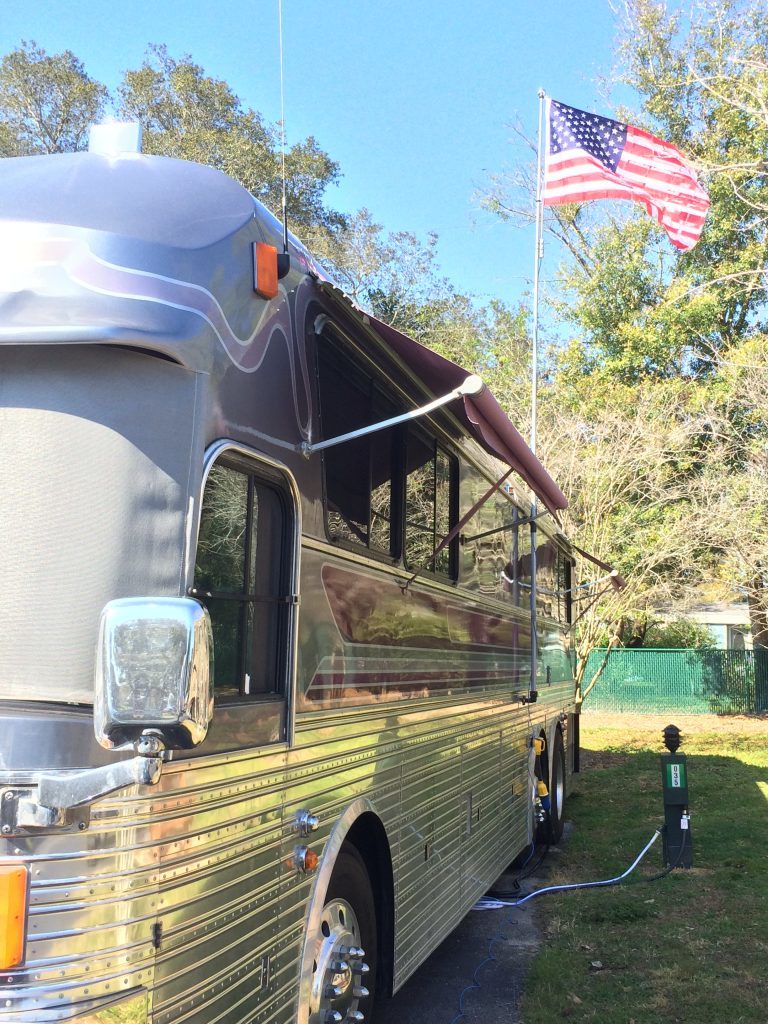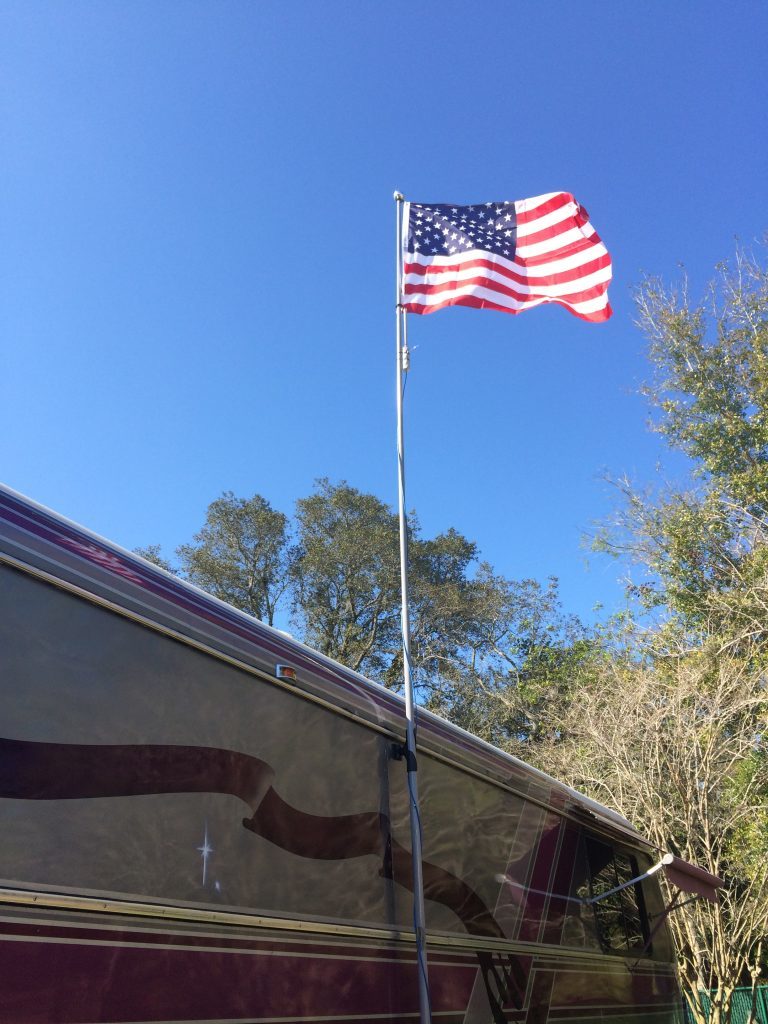
RV WiFi network
Our motorhome has a metal shell all around it, which does a very good job of blocking WiFi signals. On top of that, campground WiFi is notoriously awful - weak signals from poor coverage.
A year or so after purchasing the RV, it was decided that one of the projects would be to add inside WiFi for mobile devices and the TV. That way they would all work when driving down the road by being connected to the internal network, but also pick up the campground WiFi for Internet access when parked. An added bonus of having our own permanent WiFi in the RV is that the kids' devices don't have to be set up with new WiFi at every stop.
For the inside WiFi, I wasn't looking for anything fancy or fast. It didn't need to be the latest and greatest, but it had to be reliable and operate on 12v-ish power. I also wanted a few Ethernet ports on it and the ability to configure VLANs on the WAN (outside facing) Ethernet port. I settled on the Cisco/Linksys WRT-54GL for the hardware along with DD-WRT for the software. It has an on-board voltage regulator so it can accept 8-30vdc. That took care of the internal network, but I needed an outside WiFi device to pick up the campground network.
For the outside radio, I needed something that would operate as a WiFi client, not an access point. It also needed to be weatherproof. I settled on the MikroTik RBGrooveA-52HPn which, because of its size and form factor, meant that I could mount it on a flagpole. It is meant for 24v PoE (power over Ethernet), but can run on as low as 10v which is perfect for this environment.
The WRT-54GL would be the DNS and DHCP server for the internal network. The physical WAN Ethernet port of that access point would have two VLANs - the first (untagged) VLAN would be the WAN network which would use the MikroTik to connect to the campground WiFi. The second (tagged) VLAN would actually be the LAN network, which would be used to manage (and reconfigure) the MikroTik from a device on the LAN. The MikroTik was set up as a bridge device and proxy the MAC address of the Linksys over WiFi on the primary (WAN) VLAN. From the inside network, I would be able to log into the MikroTik to change the SSID (WiFi network) it was connecting to as well as change the security mode (no encryption, WEP, or WPA) and password as needed.
In practice, the setup worked great though I don't care for MikroTik's user interface. Powerful as it may be, it isn't terribly user-friendly and not something that would ever get WAF if she had to connect to different WiFi anywhere. As it stands, though, it works well when reconfigured at each stop. While rolling, the iPads are able to connect to the media server and everyone is happy.


